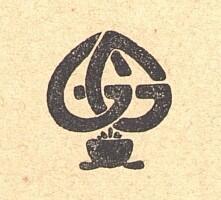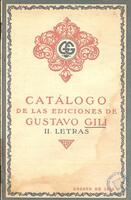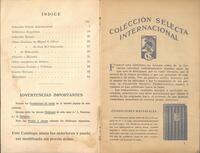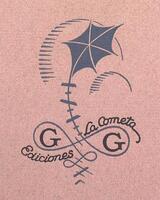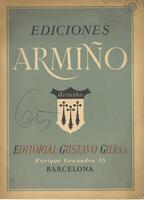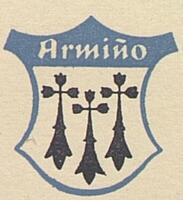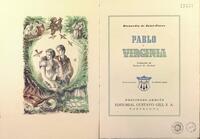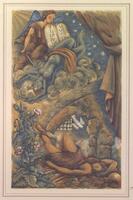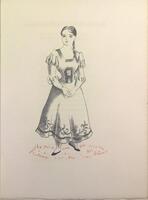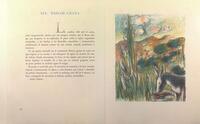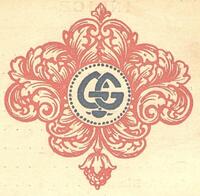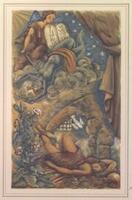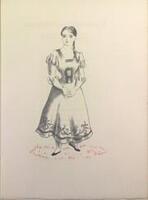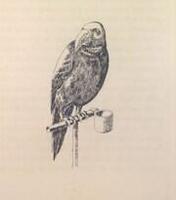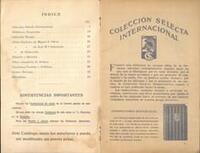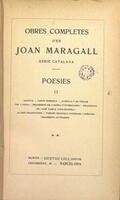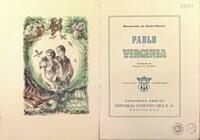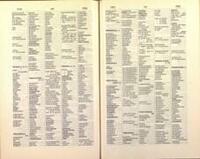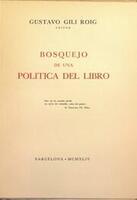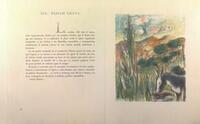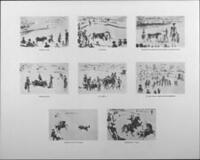Gustavo Gili
(Updated 08/10/2024)
The Gustavo Gili publishing house was created in Barcelona in 1902. Over the course of its history, the company has played a very active role in the world of publishing. It has carried out highly innovative publishing projects in the field of technical and artistic books and has been internationally ranked since its founding.
+ informationSearch collections
Editorial Gustavo Gili collection at the Biblioteca de Catalunya
The collection joined the Biblioteca de Catalunya in 2014 through a family donation. It contains more than 180,000 documents produced between 1902 and 1998. The documentation, which is extremely comprehensive, primarily includes letters, copies of letters, invoices, contracts, publishing projects, budgets, etc.
Catalogue of publishers from the Bergnes de las Casas collection (Biblioteca de Catalunya)
More information and documentation on the works produced
Catalogue of publishers of Catalonia until 1939 (Biblioteca de Catalunya)
Donation to the Picasso Museum
Website of the publishing house
Exhibition: Editorial Gustavo Gili, Publishing Excellence (Biblioteca de Catalunya)
Gustavo Gili. Una historia (1902-2012)
Llanas, Manuel. L'Edició a Catalunya. Segle XX (fins a 1939). Barcelona: Gremi d'Editors de Catalunya, 2005.
El Departament de Cultura rep el fons de l'editorial Gustavo Gili
